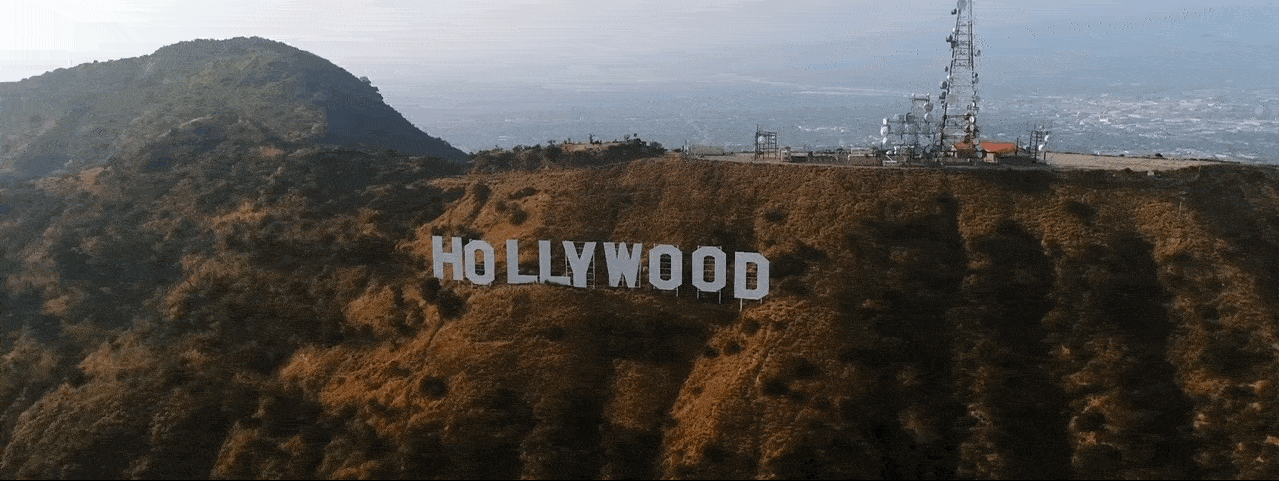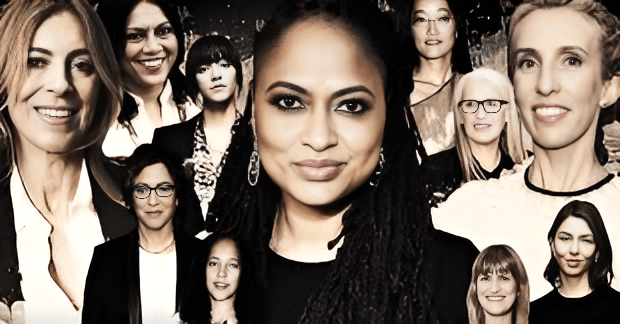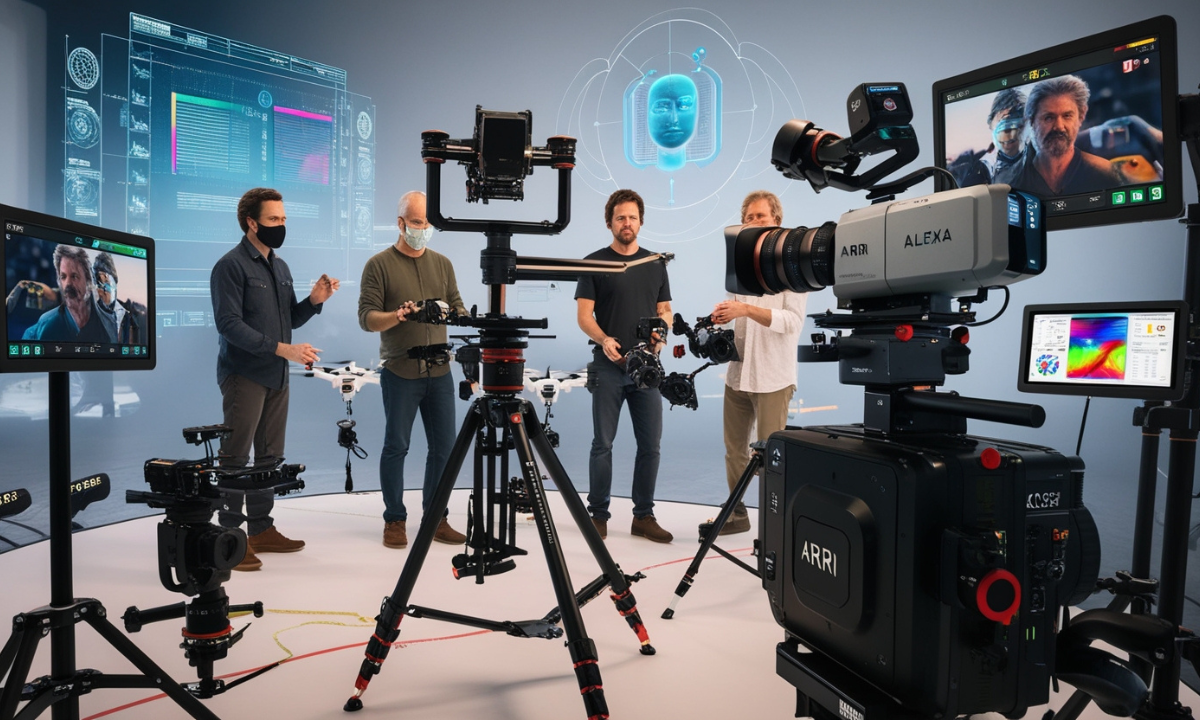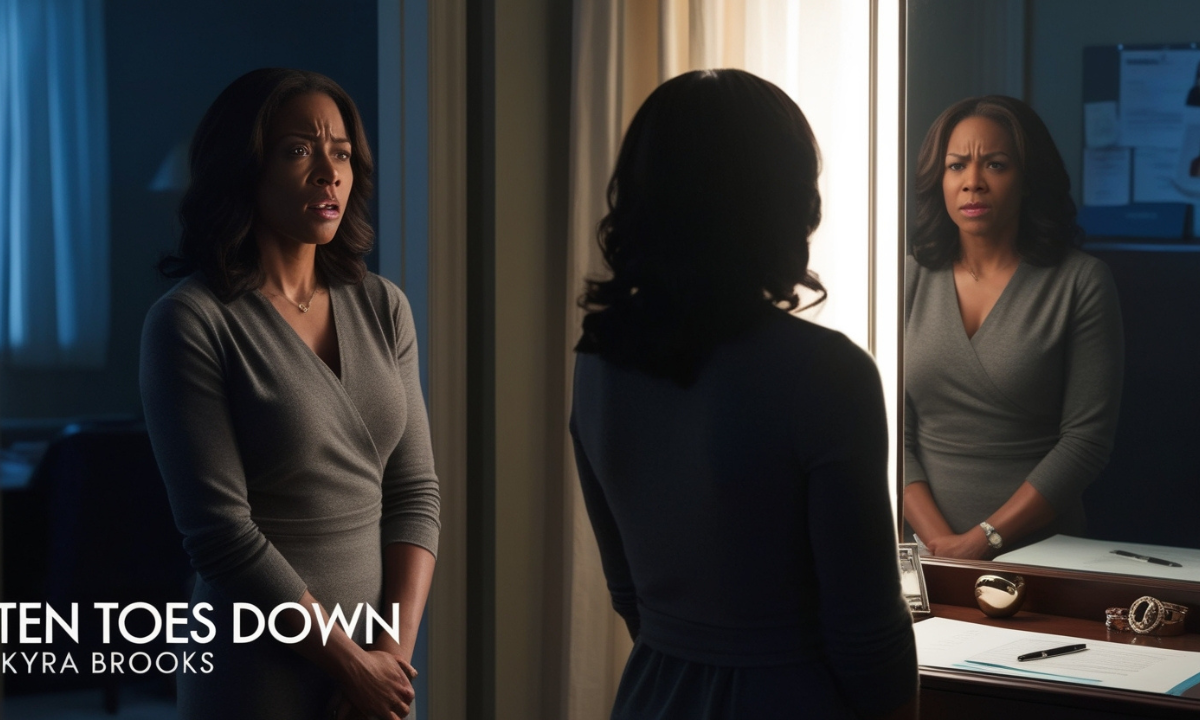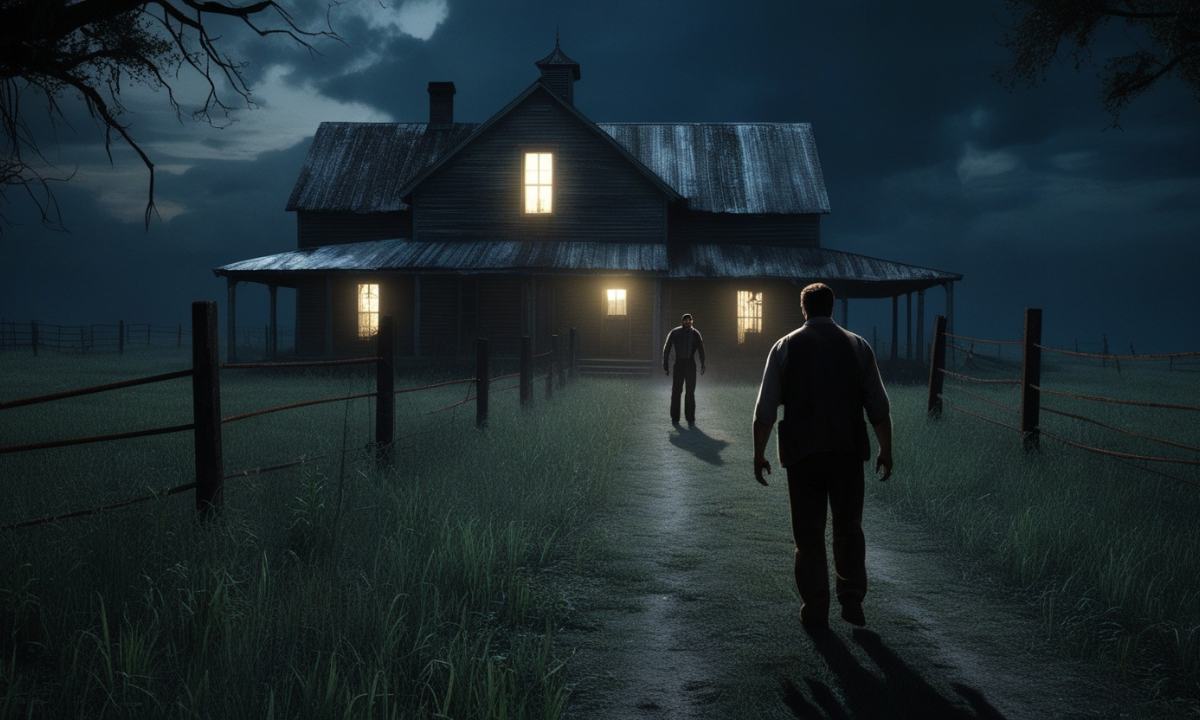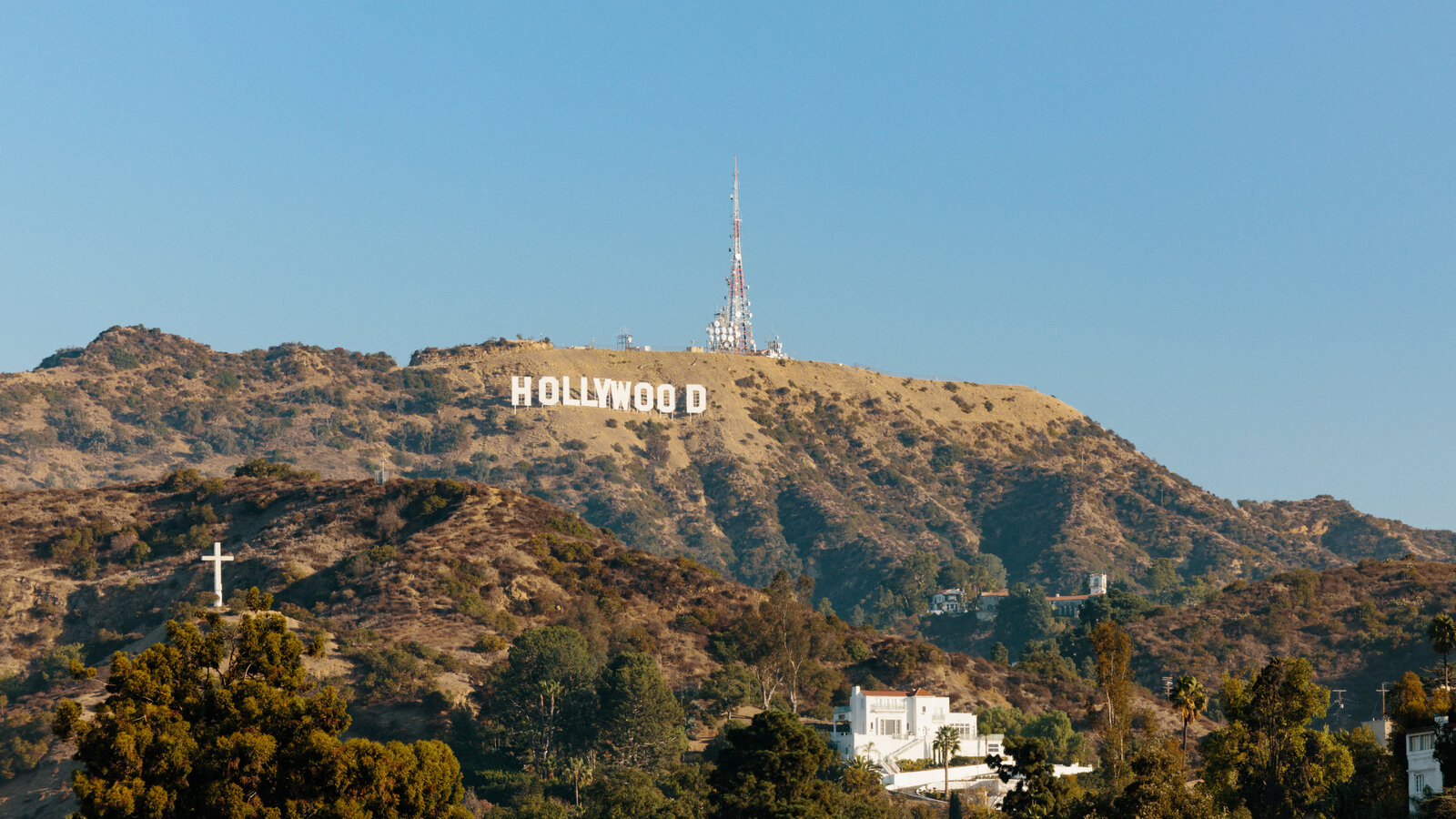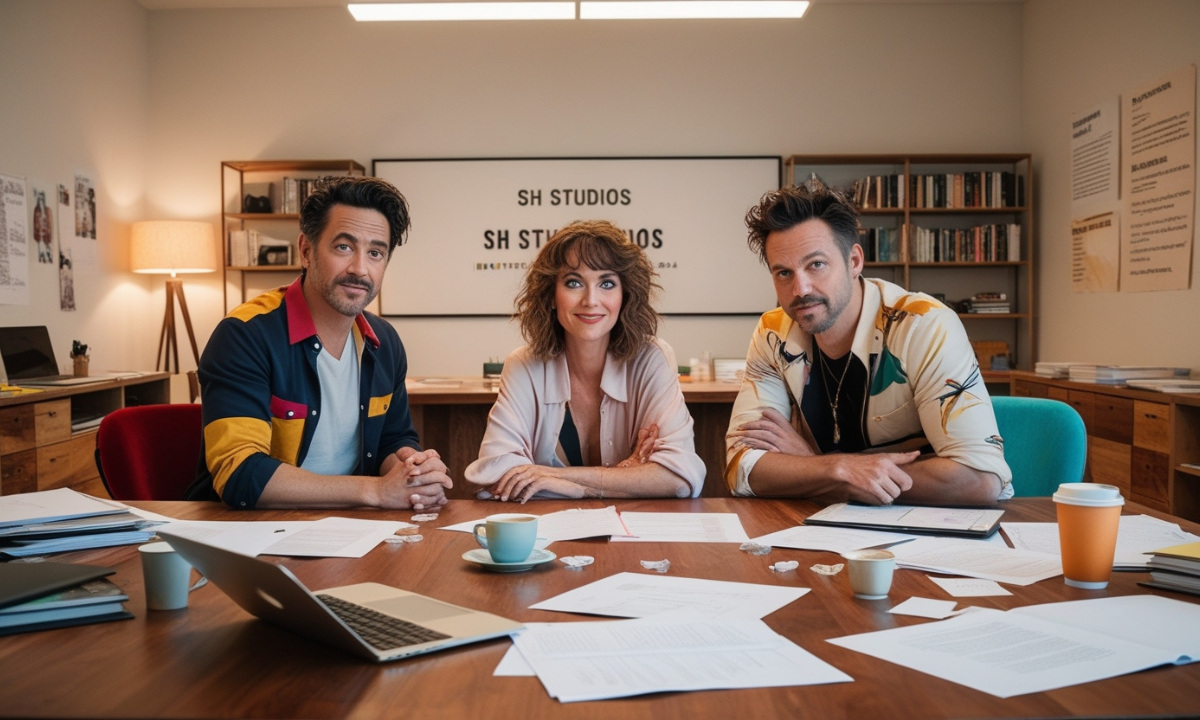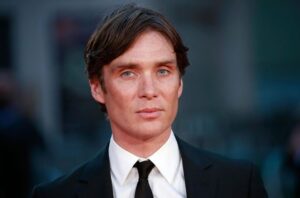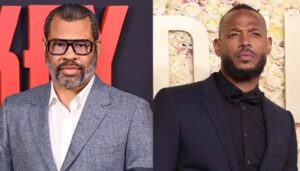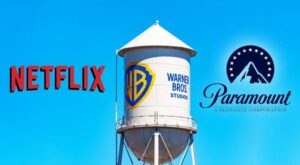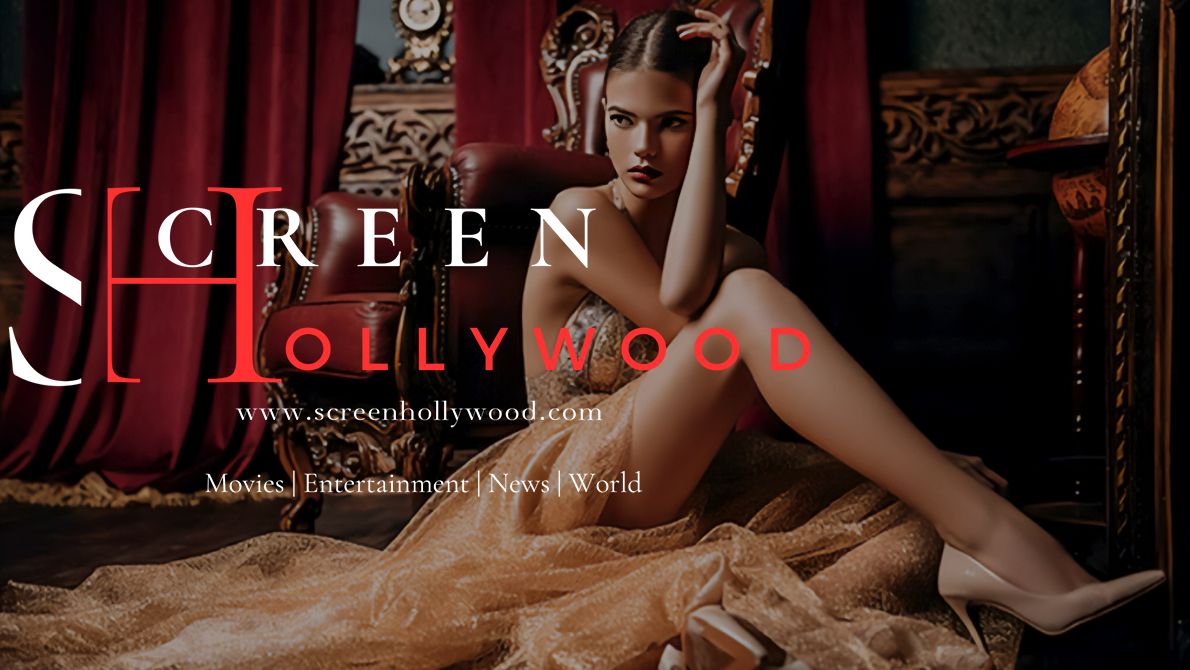The Role of Women Directors in Shaping Modern Cinema. For decades, the film industry has been predominantly male-dominated, especially behind the camera. But in recent years, women directors have been changing the face of modern cinema, reshaping storytelling, redefining genres, and challenging long-standing stereotypes. Their rise is not just a win for diversity but a powerful testament to how unique perspectives can elevate cinematic narratives. Women directors bring a fresh, often deeply emotional and nuanced lens to storytelling—one that focuses not only on the grand spectacle but also on subtle moments that reflect real-life experiences, inner conflict, and cultural depth.
In an era where audiences crave authenticity and connection, women filmmakers have become essential voices in shaping what modern cinema looks and feels like. They are no longer the exception; they are the force behind many of the most critically acclaimed, commercially successful, and socially impactful films of our time.
A Shift in Perspective: Storytelling With Depth and Empathy
What sets women-directed films apart is often their attention to emotional complexity, character-driven plots, and themes that resonate with underrepresented audiences. Directors like Greta Gerwig, Chloe Zhao, Ava DuVernay, Patty Jenkins, and Kathryn Bigelow have brought fresh interpretations to genres that were once dominated by male voices. Greta Gerwig’s “Lady Bird” and “Little Women” gave us tender, deeply personal coming-of-age stories that balanced wit and emotional resonance. Chloe Zhao’s “Nomadland” didn’t just win the Academy Award for Best Picture—it gave viewers a profound glimpse into the life of marginalized Americans with a poetic, documentary-like style that emphasized human resilience. These directors don’t just tell stories—they immerse the audience in lived experiences. They emphasize relationships, internal struggles, social dynamics, and emotional truths that often go unexplored in traditional male-led narratives. By doing so, women directors have made cinema more inclusive and reflective of the real world.
Breaking Barriers in Blockbusters and Genre Films
For years, women were often told they couldn’t handle big-budget blockbusters or genre-heavy films like action, sci-fi, or superhero stories. That narrative is rapidly crumbling. Patty Jenkins shattered that stereotype with the global success of “Wonder Woman,” a film that not only smashed box office records but also proved that a female-led superhero story could be both empowering and commercially viable. Similarly, Kathryn Bigelow made history by becoming the first woman to win the Academy Award for Best Director with her gripping war film “The Hurt Locker,” a genre typically associated with male directors. These successes have opened doors for more women to enter spaces previously dominated by men. Nia DaCosta took on “Candyman,” Gina Prince-Bythewood directed “The Woman King,” and Jennifer Lee co-directed and helped shape Disney’s “Frozen” franchise—each proving that women directors can master large-scale productions while maintaining artistic integrity. This expansion into varied genres is helping rewrite the rules of who gets to tell what kind of story in Hollywood.
Championing Diversity and Inclusive Narratives
One of the most powerful contributions of women directors to modern cinema is their commitment to telling diverse and inclusive stories. Women in film often use their platforms to amplify marginalized voices, explore complex identities, and address social issues that mainstream cinema has historically ignored or misrepresented. Ava DuVernay’s “Selma” and her Netflix series “When They See Us” are prime examples of how a director can mix powerful storytelling with critical social commentary. Her work not only garnered widespread acclaim but also sparked vital conversations about race, justice, and representation.
Similarly, Lulu Wang’s “The Farewell” explored cultural conflict and identity through a deeply personal lens rooted in the Chinese-American experience, proving that culturally specific stories can have universal appeal. These films succeed not just because they’re “important,” but because they are compelling, well-crafted, and emotionally resonant. Women directors are actively expanding the cinematic canon to include stories that reflect the true diversity of audiences around the world.
Success Beyond Hollywood: Women Directors on the Global Stage
While much of the spotlight is on Hollywood, women directors are making waves across the globe. From Céline Sciamma in France (“Portrait of a Lady on Fire”) to Mati Diop in Senegal (“Atlantics”), international women filmmakers are challenging norms, pushing artistic boundaries, and gaining recognition at top festivals like Cannes, Venice, and Berlin. Their work often brings attention to underexplored cultures, untold histories, and experimental storytelling techniques. These directors demonstrate that the movement toward gender equity in cinema is not limited to Western markets—it’s a global phenomenon. Streaming platforms have played a critical role in bringing these voices to the forefront, offering audiences worldwide access to films they might never have encountered otherwise. As a result, cinema is becoming richer, more textured, and more representative of global realities. The impact of women directors is not confined by geography; it’s reshaping the film industry on every continent.
Changing the Industry from Within
It’s not just the films themselves that are being transformed—women directors are also challenging the structures that govern the film industry. By stepping into leadership roles, they are influencing hiring practices, advocating for more women and people of color in key production positions, and creating more equitable work environments. Initiatives like ReFrame, Women in Film, and the 50/50 by 2020 campaign have pushed studios and festivals to adopt policies promoting gender equality behind the scenes. Directors like Olivia Wilde and Emerald Fennell have spoken openly about the challenges they faced and how they’re working to make the industry more accessible for future generations. These efforts are crucial in building sustainable change, ensuring that the rise of women directors is not a passing trend but a permanent fixture in the cinematic landscape. As these leaders pave the way, they inspire others to follow—and their success becomes a catalyst for systemic transformation.
The Audience Response: Critical and Commercial Success
Audience reception to films directed by women has been overwhelmingly positive, disproving the myth that “female-centric” stories have limited appeal. In fact, many of the most successful and talked-about films in recent years have been helmed by women. Greta Gerwig’s “Barbie” became a cultural juggernaut and one of the highest-grossing films of its year. Chloe Zhao’s “Nomadland” dominated awards season. Films like “Promising Young Woman,” “Booksmart,” and “The Lost Daughter” earned both critical acclaim and strong viewership. Viewers are clearly hungry for fresh voices and original perspectives, and women directors are delivering exactly that. Streaming data, box office numbers, and social media trends all point to a growing demand for films that break away from the conventional mold. As women continue to direct a broader range of films—from indie gems to Hollywood blockbusters—it’s becoming increasingly clear that their vision is not only welcome but essential to the evolution of cinema.
A New Era for Cinema
We are witnessing a pivotal moment in film history. The rise of women directors is not just about representation—it’s about innovation, diversity, and the future of storytelling. By bringing in fresh perspectives, women are expanding the language of cinema, introducing new themes, and deepening the emotional and intellectual engagement of audiences. They are not just participating in the industry—they are redefining it. As more doors open and more stories are told, the film world becomes a richer, more vibrant place for everyone. The role of women directors in shaping modern cinema is monumental, and their contributions will continue to inspire generations of storytellers to come. This is not just progress—it’s a revolution, and it’s here to stay.

